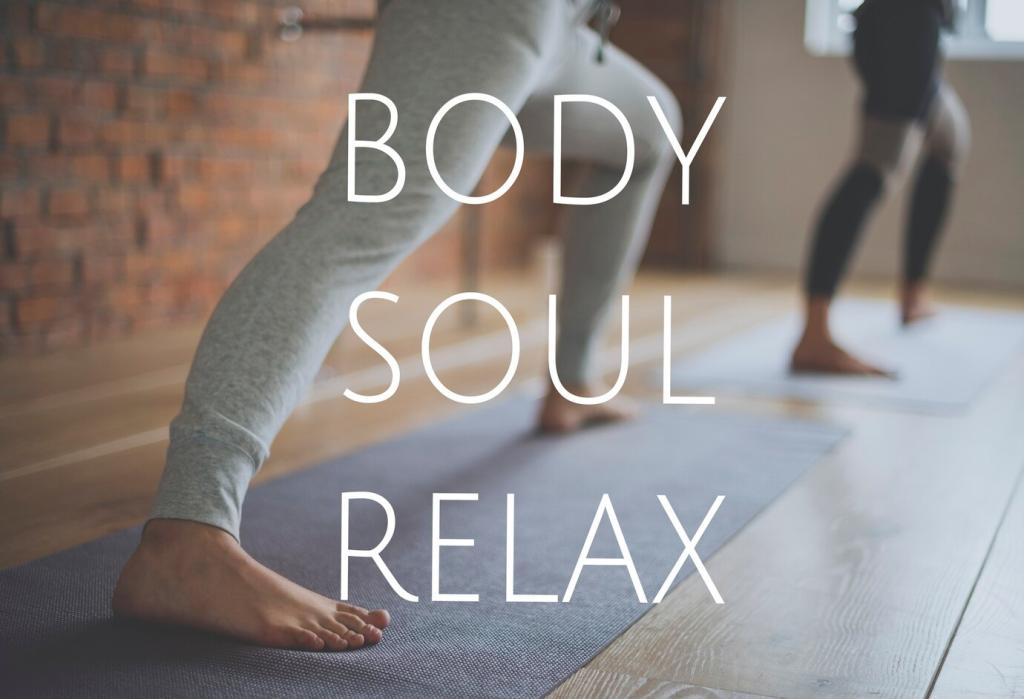Chosen theme: Benefits of Yoga for Post-Exercise Recovery. Discover how mindful movement and breath convert hard training into lasting gains. We’ll turn soreness into adaptability, stiffness into fluidity, and fatigue into focused calm. Subscribe for weekly routines, and share your favorite recovery pose so we can feature it in a future post.
From Tension to Circulation
Gentle, sustained stretches and rhythmic movement encourage blood flow, helping remove metabolic byproducts while delivering oxygen and nutrients. This circulation supports tissue repair, eases tightness, and prepares muscles and connective tissue to remodel stronger after intense workouts without adding significant extra load.
Breath and the Recovery Switch
Breath-led yoga stimulates the parasympathetic nervous system, lowering cortisol and nudging heart rate variability toward balance. When your breath lengthens and steadies, your body shifts from fight-or-flight to rest-and-digest, accelerating recovery processes that restore energy, reduce reactivity, and enhance training readiness.
Mind–Body Feedback for Smarter Rest
Yoga improves interoception—awareness of internal signals—so you can distinguish healthy post-exercise fatigue from brewing strain. That clarity helps you calibrate intensity, choose supportive poses, and time your next session smarter. Comment with signals your body gives after training, and we’ll suggest tailored post-workout yoga tweaks.
Reducing Soreness and Stiffness (DOMS) with Yoga
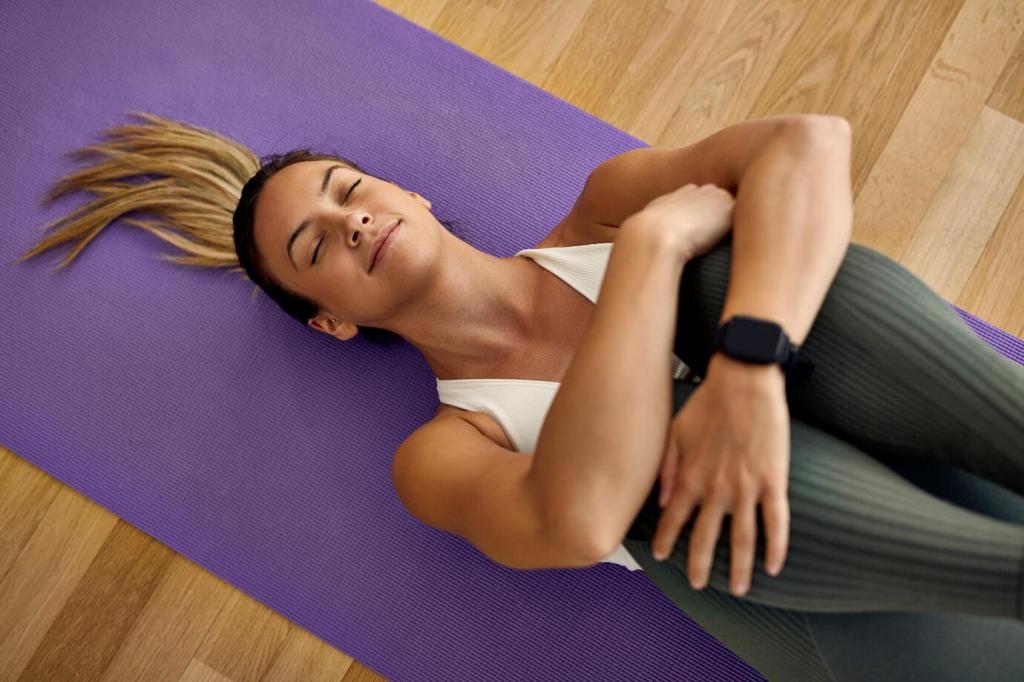
Lengthen Without Overstretching
Active, end-range positioning—think gentle pulses and contract–relax techniques—encourages length while protecting sensitive tissue. This approach soothes microtears, eases guarding, and restores glide without aggravating DOMS. Tell us where you typically feel soreness, and we’ll share a pose cluster that targets those zones safely.
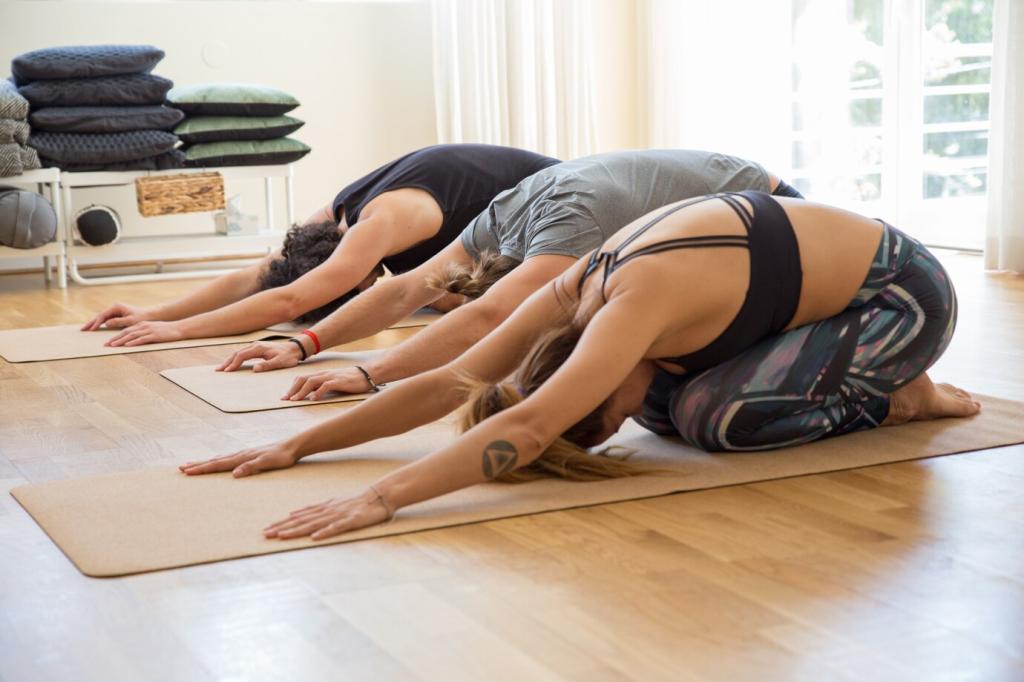
Fascia-Friendly Sequencing
Slow, multi-planar flows hydrate fascia and encourage sliding surfaces to move freely. Layered transitions—lunges to side bends to gentle twists—untangle stiffness more effectively than static holds alone. Readers report waking up looser the next day when they keep sequences supple, curious, and low effort.
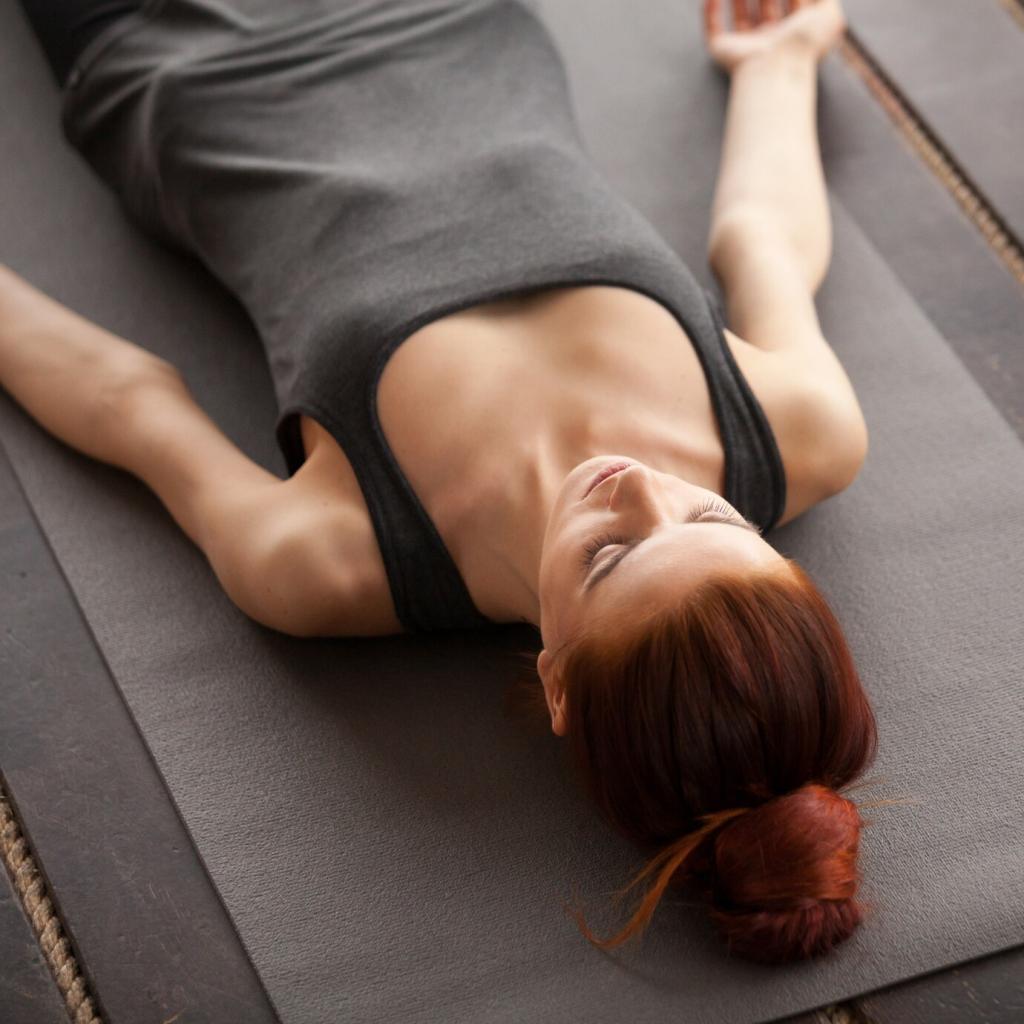
Timing That Actually Works
Ten to twenty minutes right after training can reduce next-day stiffness, while a soft recovery flow the following morning maintains mobility. If intensity was very high, prioritize breath and restorative shapes that calm the nervous system first, then add selective mobility in the evening.
Targeted Poses for Tired Muscles
Low lunge variations, half splits, and supine figure-four release common hotspots without forcing range. Keep your breath steady, soften your jaw, and imagine length from sit bones to heels. Small adjustments—like a folded towel under the back knee—can transform discomfort into therapeutic relief.
Targeted Poses for Tired Muscles
Thread-the-needle, puppy pose, and supported fish decompress the thoracic spine and open the chest after pressing, rowing, or desk time. Use props to meet your body where it is, not where you wish it were. Two minutes per pose can reset posture and reduce lingering tightness.
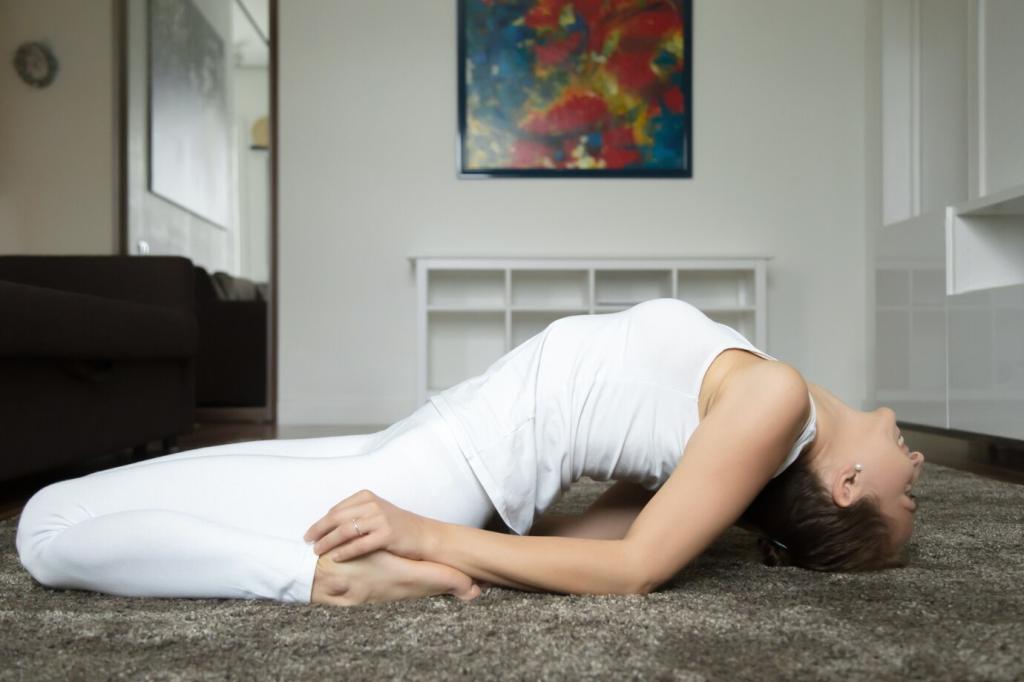
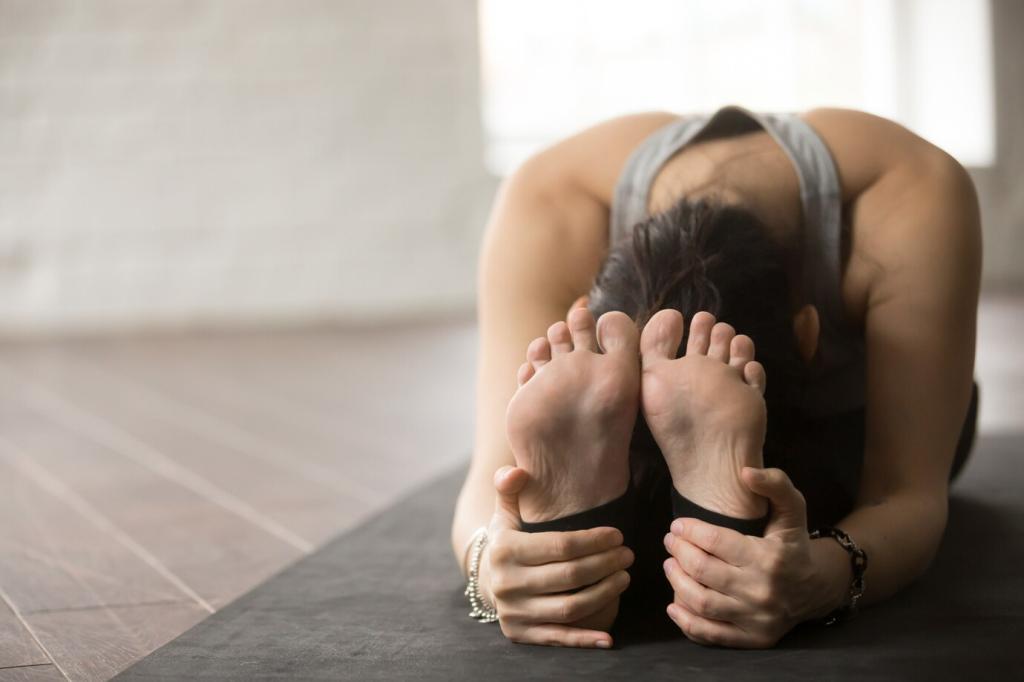
Nervous System Reset: Breathing and Relaxation
Inhale four, hold four, exhale four, hold four—repeat for three minutes while seated or in child’s pose. This pattern steadies the mind and reins in post-exercise autonomic arousal. The result is calmer muscles, steadier heart rate, and an easier glide into restorative work.
Try a four-count inhale and six-to-eight-count exhale while maintaining relaxed shoulders and jaw. Longer exhales stimulate vagal tone and can improve heart rate variability, a recovery marker linked to resilience. Track your response and tell us if your sleep or next-day energy improved.
Use a bolster under knees, a folded blanket under the head, and an eye pillow to cue safety. Five to eight minutes of stillness lets your nervous system integrate the session, reducing perceived soreness and restoring clarity. Set a timer and tune into your breath’s gentle waves.
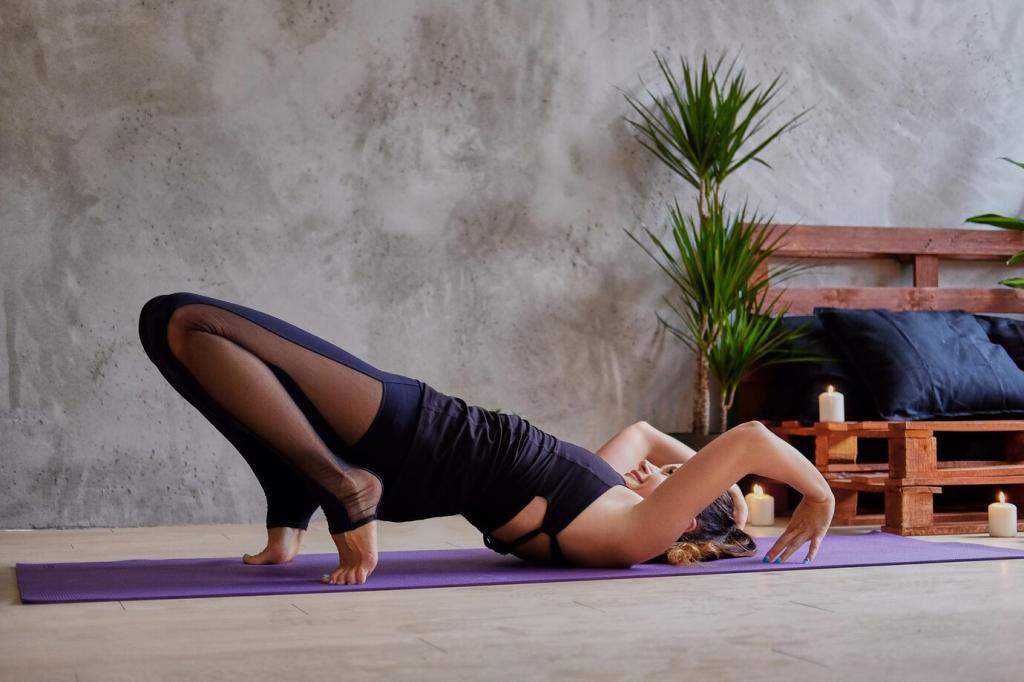
Injury Prevention and Movement Quality
Yoga refines control at the edges of your range, building strength where you need it most. Controlled movements teach tissues to tolerate load safely, reducing flare-ups. Over time, this supports cleaner technique, fewer compensations, and a more enjoyable path to progression after hard efforts.
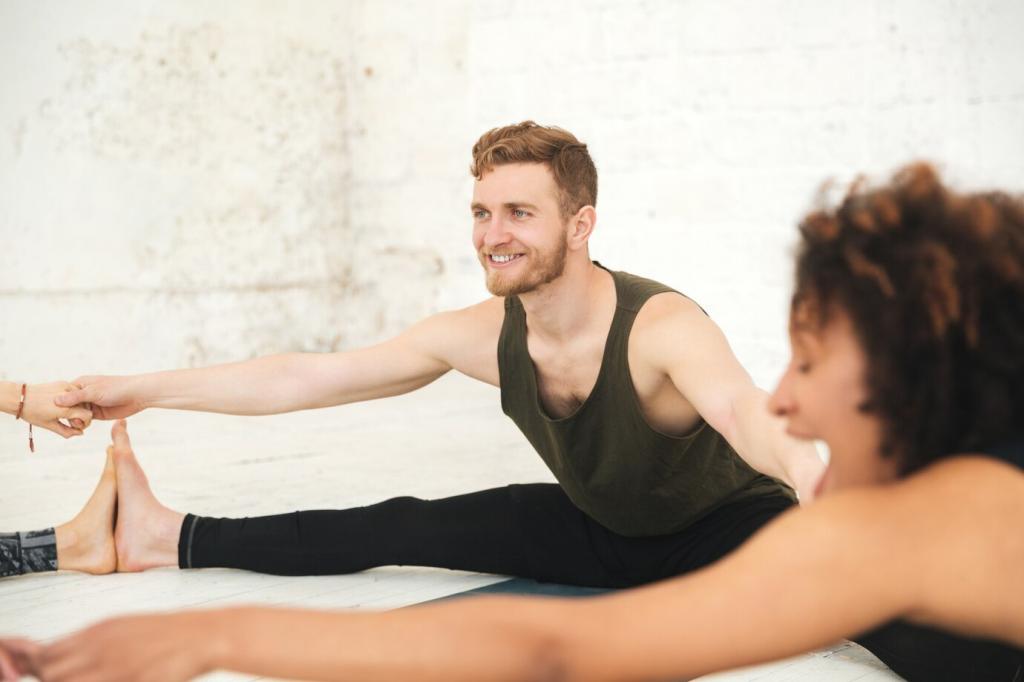
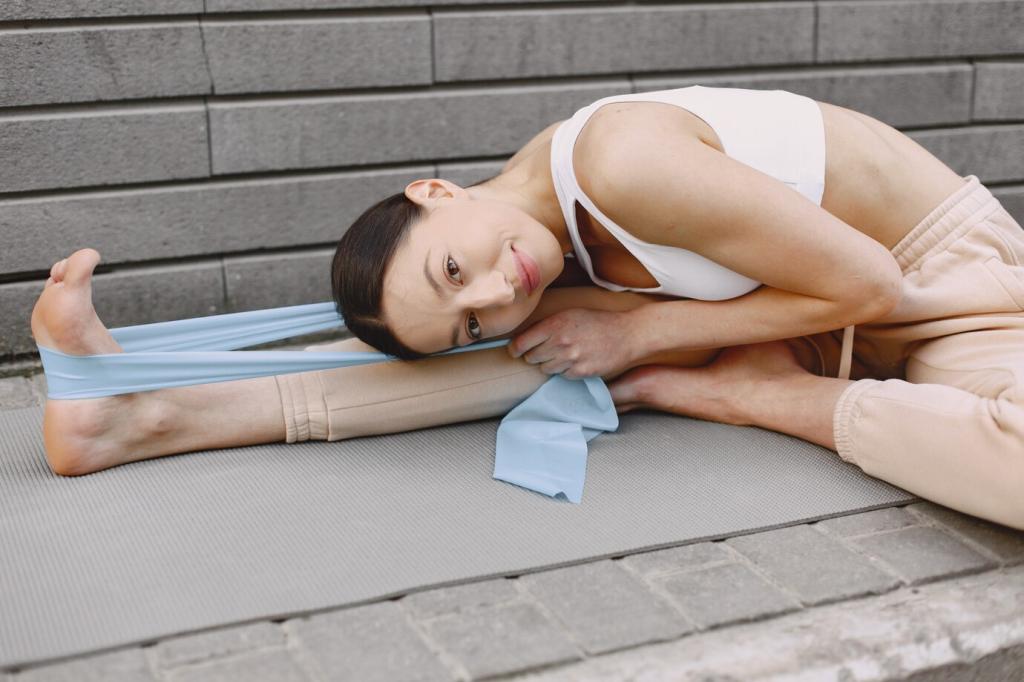
Real Stories from the Mat
After long runs, Maya felt cement calves and restless sleep. Three weeks of fifteen-minute evening flows—calf release, legs up the wall, extended exhale—cut her morning stiffness dramatically. She now comments her finish times along with which pose rescued her recovery that week.
Real Stories from the Mat
Carlos used to dread the post-deadlift back pump. Adding thoracic openers, supported child’s pose, and gentle supine twists reduced tightness without dulling strength. He swears the breath work helped his bracing cues, too. Tell us your lift, and we’ll map recovery poses to your training day.
